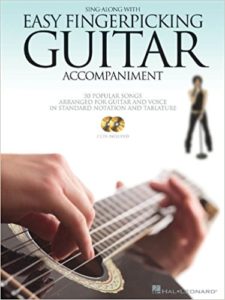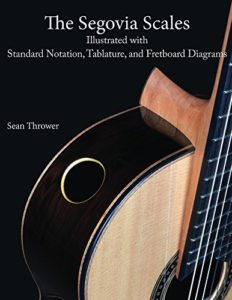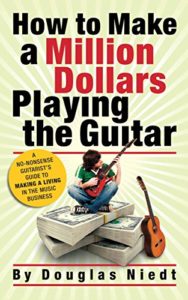Book – My First Guitar – Learn To Play: Kids
Author – Ben Parker
Amazon Link – https://www.amazon.com/My-First-Guitar-Learn-Play/dp/1908707135
About
The publishers claim that this book is the perfect introduction to the guitar for kids of all ages as it contains no sheet music to follow and kids can easily follow the clear and simple diagrams and photos.
This will help them to learn their first chords, play fun tunes and gain confidence playing their first guitar.
What I liked about the book?
I like simple and direct books that help students learn in a nice easy and clear manner. This book doesn`t contain a lot of information but it does feature the chords and lyrics to some popular nursery rhymes such as `Twinkle Twinkle, Little Star` and `Old Macdonald`.
Having the chords and lyrics as well as strum patterns in front of a student is a useful tool.
The book also features some basic information on technique (but not a lot) which is needed to get a student started.
If you want to encourage a child in your family to play or want to learn some songs to teach them then this can be a handy little book, but only really alongside other more in-depth resources.
Is there an audio cd and is it any good?
No, but that would have been very useful.
What I don`t like about the book?
It`s a simple book that is probably overpriced for what it does as it is very short. The bits on technique are really brief too and there is no real mention of essential things such as using the minimum pressure required or getting in the ideal position to fret notes.
If there were more nursery rhymes and an audio CD for the student to play along with it would have been better.
Conclusion
The book is a really simple book that will help a child in your family get started on the guitar but you may need to assist them with proper technique and timing.
It will also be a good little guide for you if you want to learn some nursery rhymes to teach them. Apart from that, the book doesn`t do much else.
Rating
5/10









